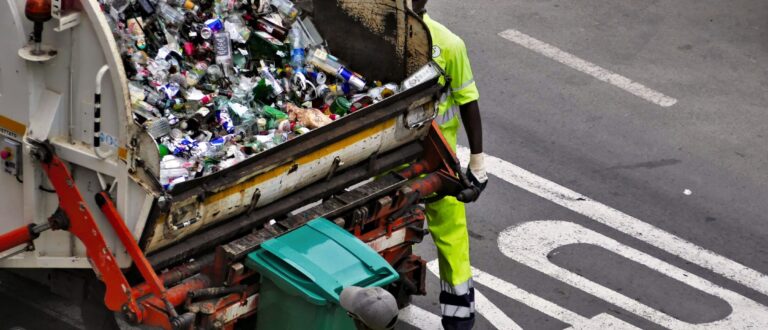Vietnam’s goal is to reach net-zero carbon emissions by 2050. The amount of solid waste in the country is however expected to double before 2030, which increases the need for local waste treatment and incineration plants.
Thang Long Energy Environment Joint Stock Company is building a waste-to-energy plant in the Bac Ninh province. The plant will begin operations in 2023 and is expected to incinerate 500 tons of municipal and industrial solid waste (RDF) daily, significantly reducing the amount of waste previously dumped into landfills.
By reducing the amount of landfill waste, the plant prevents soil and groundwater contamination while enabling the production of sustainable energy.
The RDF waste-to-energy plant treats waste and produces energy locally
Sand, stones, glass, metals and plastics are first separated from the waste to ensure efficient incineration and repurposing of all recyclable materials. The rest is incinerated in a boiler that utilizes circulating fluidized bed technology.
“Local waste-to-energy plants are able to treat waste without massive transportation costs, or logistics-induced emissions. When waste is utilized as energy, the fermentation of waste and the resulting methane gas emissions are decreased. Greenhouse gas emissions are also reduced through the efficient boiler technology and the modern flue gas cleaning system in the plant”, says Laitex’ Head of Project Sales Sami Koskela.
Finnish high tech for efficient waste incineration
Laitex’ conveyor technology is part of Valmet’s delivery to the plant. Finnish high technology ensures that for example flue gas cleaning is performed according to the strict emission goals.
“It’s great that Finnish technologies are playing such a crucial role: we are able to do our bit in helping the country give up fossil fuels and tackle the challenges of climate change”, says Laitex’ CEO Lasse Kurronen.
Laitex delivers waste boiler feeding systems and ash handling systems
Laitex delivers the waste boiler’s fuel feeding systems and sand feeding systems as well as the bottom ash and fly ash handling systems to the plant. Laitex has delivered equivalent conveyor systems previously to France.
“The conveyor systems are one of the most critical components in the plant. If part of the equipment fails, you may have to run down the whole operation”, Koskela mentions.
There may be clingy material among the waste, which has to be considered in the design of the equipment. High availability of the plant is ensured for example with duplicated fuel discharge system from the day silos.
Ash handling must also be done correctly. “Our equipment is designed so that the ash is sufficiently cooled down during conveying, and the sand that is removed from the boiler is recycled back as precisely as possible”, Koskela continues.
Commissioning support ensures successful start of plant operations
Included in the delivery is a comprehensive spare part package and extended installation and commissioning support. “We want to do our part in ensuring the plant is fully operational from the beginning. Our representative will be present during the installation and commissioning phase, and we will also provide support once the plant is operational”, Koskela says.
The RDF waste-to-energy plant’s installation work begins in 2023 and commercial use is expected to begin later that year. The yearly electricity production capacity will be ca. 100 thousand MWh. With the help of the plant, greenhouse gas emissions will be reduced by 600 000 tons in 15 years.

